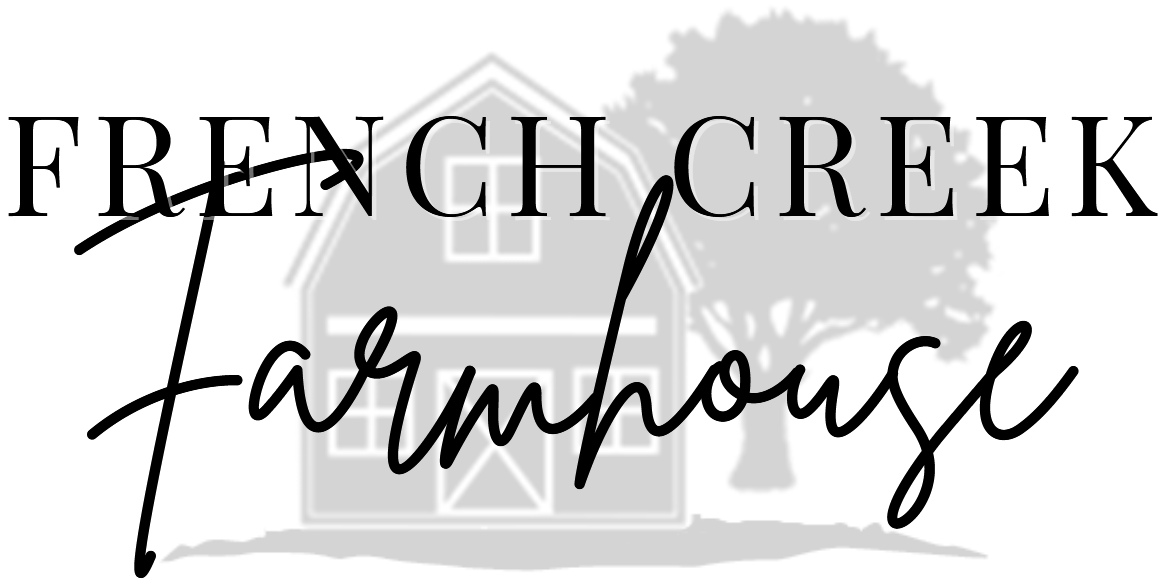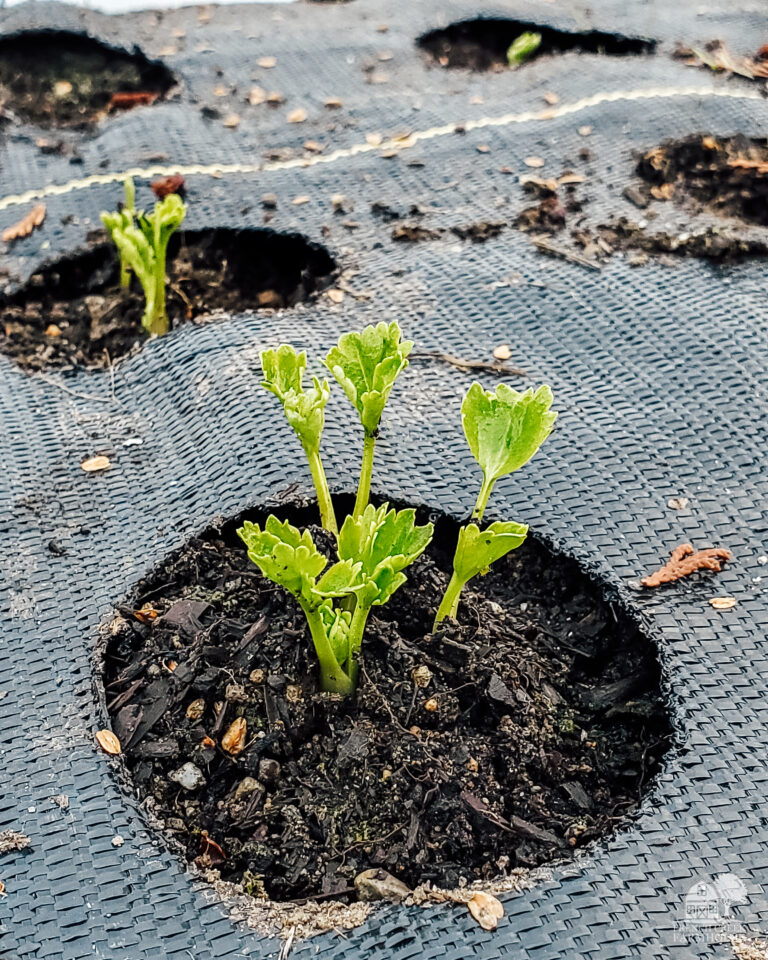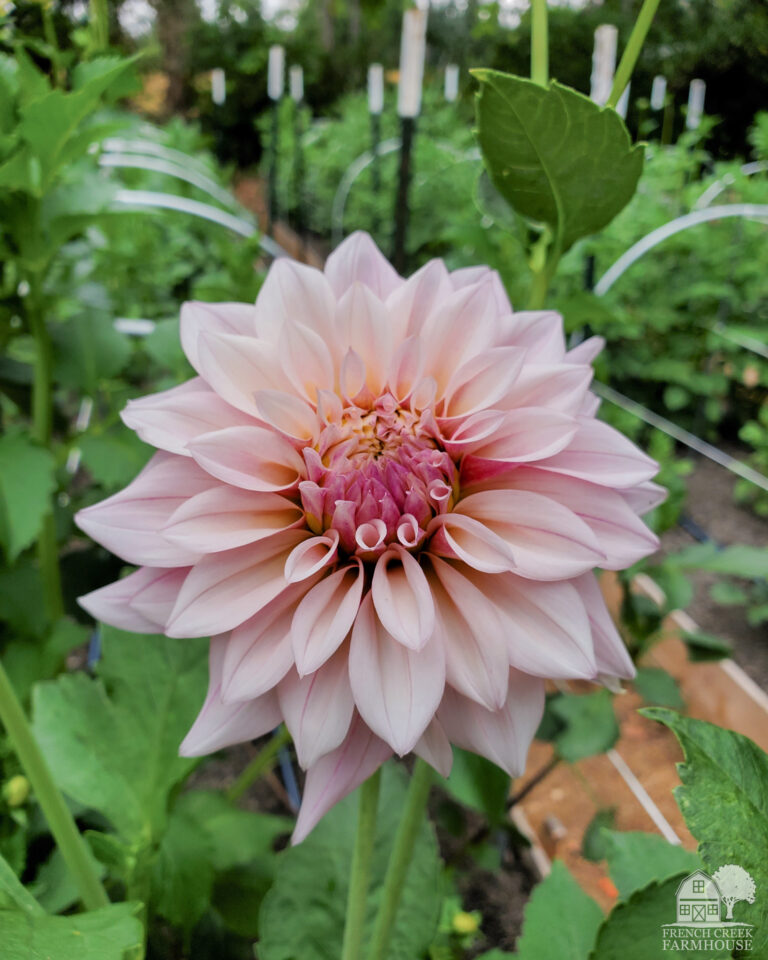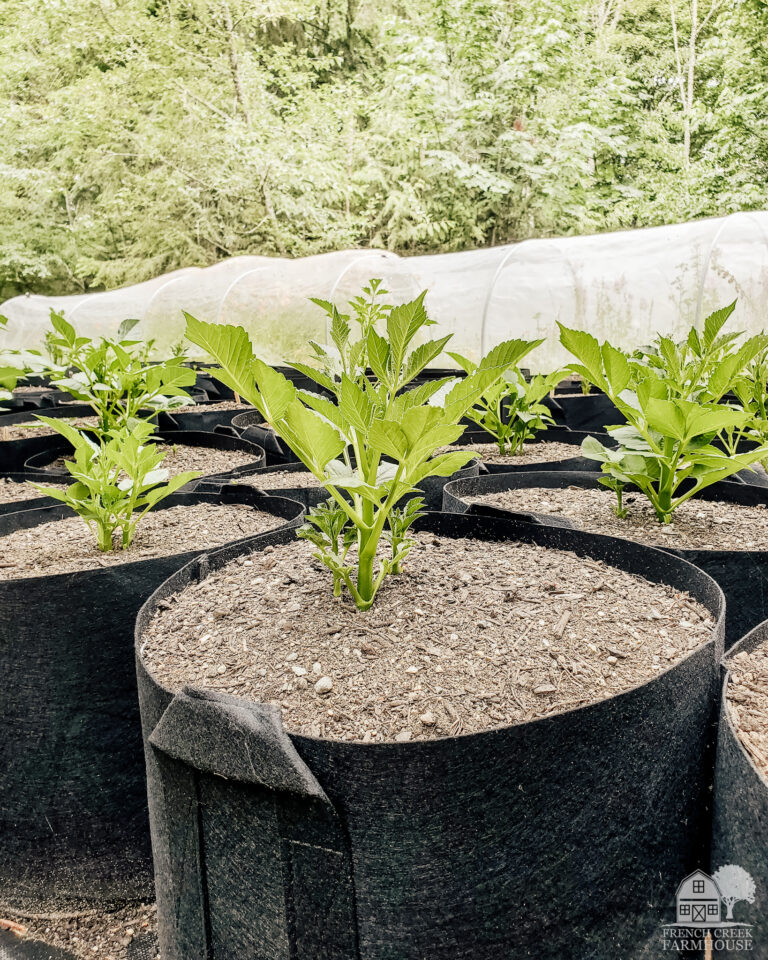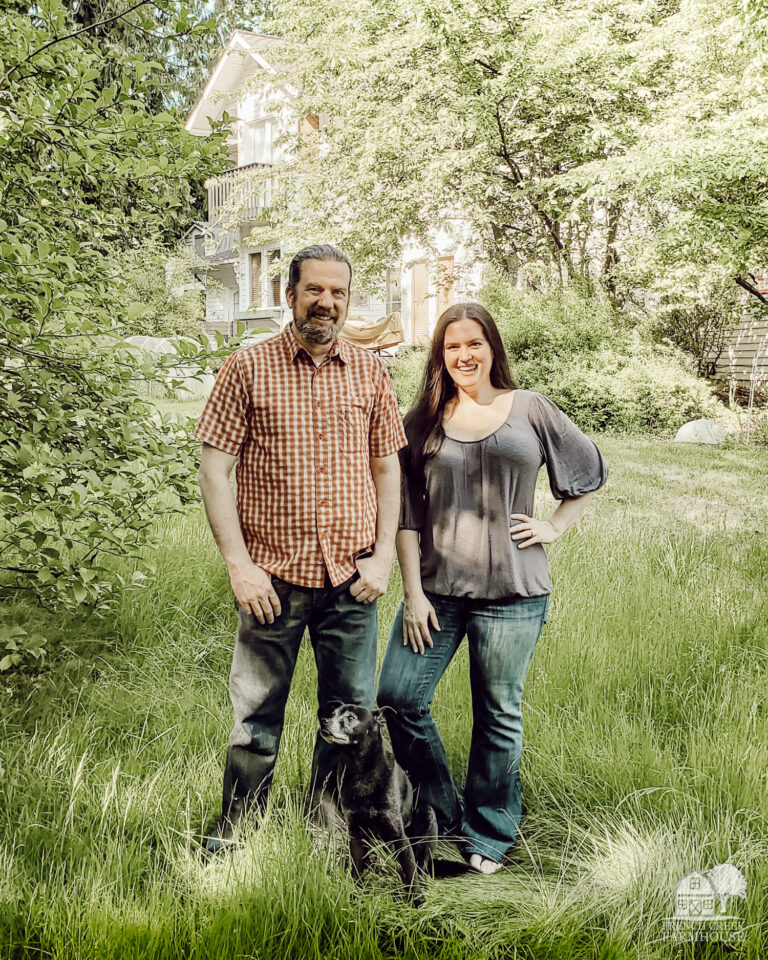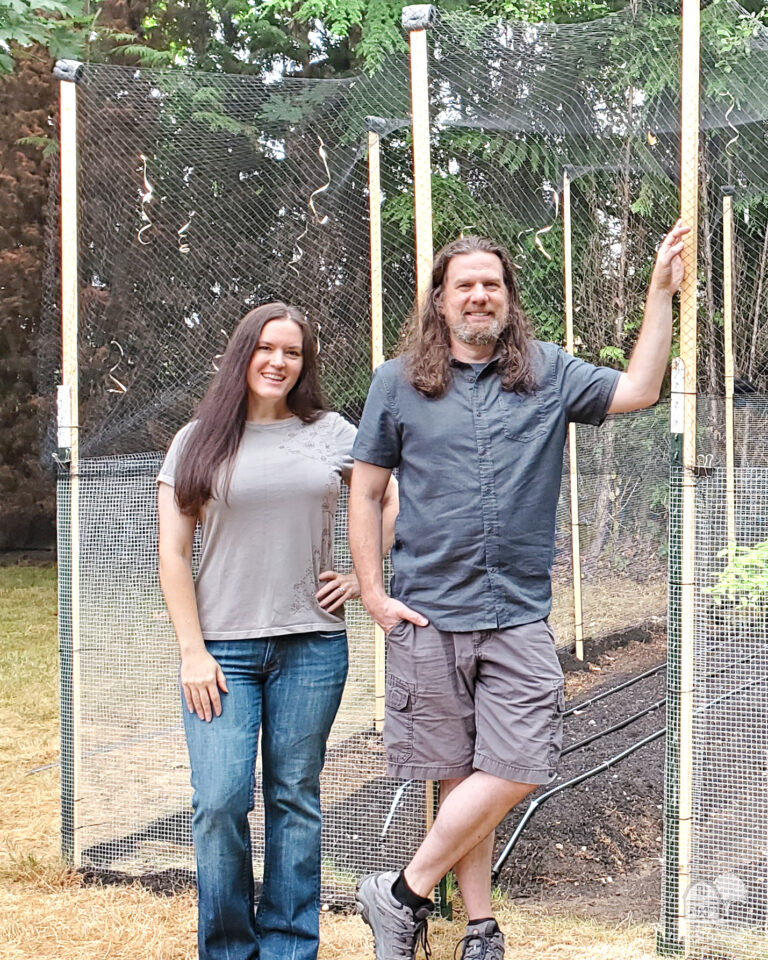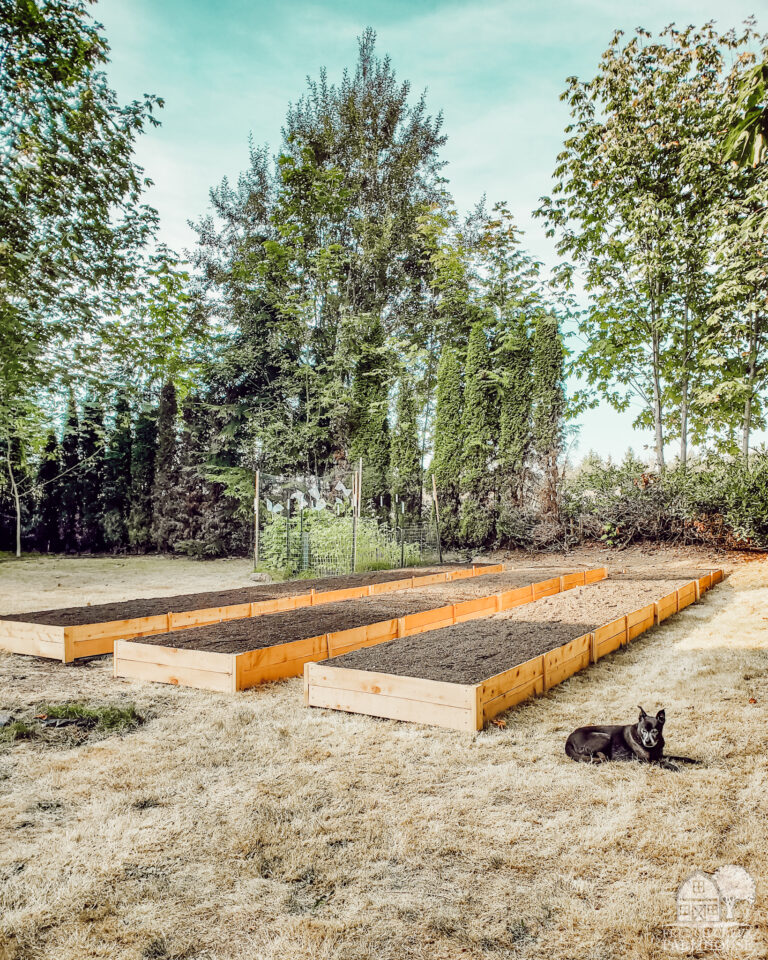Breaking Down Our Flower Farming Plans for Year 1
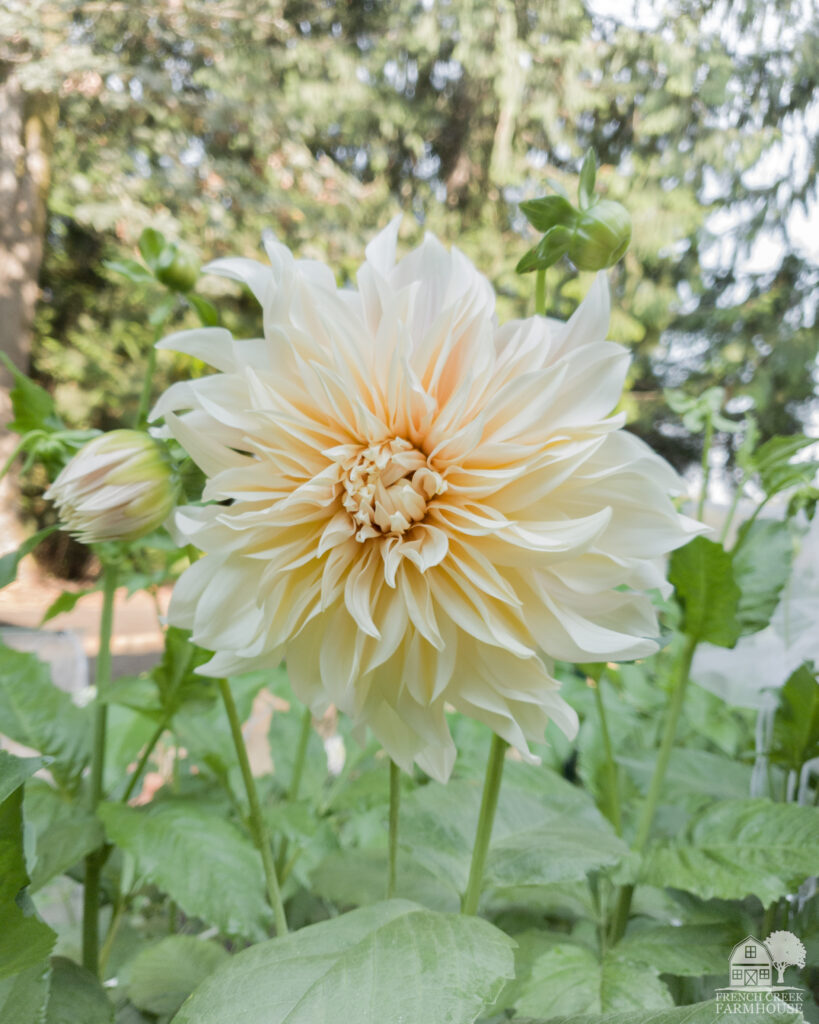
As we begin our first year flower farming, one of the biggest tasks for us is creating a crop plan that sets us up for the years ahead. Today, I’ll share an overview of our plans for the season and also look at some of the questions we have…like, are we biting off too much for a first year flower farm?!
If you haven’t already watched this week’s episode where we go into this topic in greater detail, it’s the very best place to start.
We would like to express our wholehearted gratitude to Chris and Erin Benzakein of Floret Flowers and Kristine Albrecht of Santa Cruz Dahlias for their gracious support as we put together this episode. We are inspired by the work of these two growers who have shown unparalleled levels of dedication and passion for the floraculture industry.
After you’ve watched the episode above, you’ll have a good idea of our general plan for this season.
Now…let’s dig into things a little more.
How many dahlias should a first year flower farm plant?
The honest answer here is: It depends.
Each plant will produce roughly 1-2 stems per week. So, the size of your farm and who you plan to sell your flowers to will dictate the right number of plants.
We’ve found that planting at least 25 dahlia plants per variety is the minimum number for cut flower farming at the beginning stages. There are two reasons for this:
- When making bouquets, we tend to use “recipes” so that we have many of the same style bouquets available. This looks more visually appealing to the customer instead of having 100 different options. Too many options can overwhelm customers and make them walk away. But having 20 bouquets of 5 different styles makes the choices more clear. Having a minimum of 25 plants of any variety makes it possible to create bouquet recipes. Too few plants, and you simply won’t have enough blooms per week for this. Unless, of course, you aren’t making very many bouquets per week…but then you are most likely growing as a hobby, not a true farming business.
- If you’re planning to sell stems wholesale (to florists, for example), you’ll need to be able to sell those stems in bunches of the same variety. Here again, 25 plants is the very minimum to make that happen (and really, you probably need more).
Regarding selling to florists, you really need to be able to provide quality stems every week, consistently. Not having enough plants of any variety would make it difficult (if not impossible) to earn their business.
As our farm and customer base grows, we fully anticipate that 25 plants per variety will not be enough. However, if we don’t have that number for this year, we’re just slowing down our growth.
We have a 5-year plan for our farm, so we’ve projected out what we intend to do each year. That has helped us figure out how we need to scale the number of plants we’re growing.
{Related: From Homestead to Farmstead…We Started a Flower Farm!}
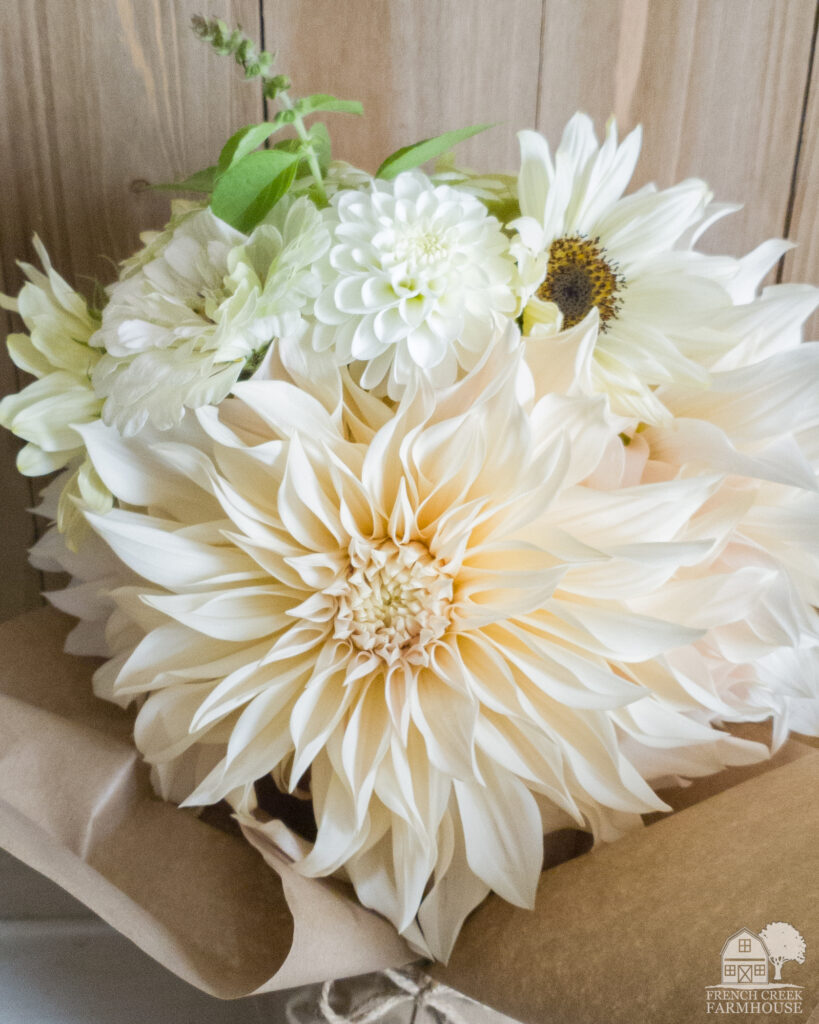
How much space is required to grow dahlias?
Depending on the variety, you can grow dahlias in a variety of conditions–from containers to acres!
First, you have to consider the height of the plant.
Those big, stunning dinnerplate varieties that everyone loves, like Cafe Au Lait, need quite a bit of space. They’re called “dinnerplate” dahlias because the flower head can reach 10″ across–the size of a dinner plate! The plants themselves can easily grow to 7′ tall! And because they are so large and heavy, they do need support or staking of some kind.
Average-sized plants will quickly grow to 4-5′ tall and still benefit from staking. This especially true here in the PNW where we experience wind and rain that can topple a dahlia with ease.
Compact varieties, however, don’t get very tall at all, and they also don’t require staking. Some of the shortest plants will only reach 12-18″ in height. These varieties are great for landscaping and containers, and you can even snip a few for petite vases.
We grow all three types because we love them for every purpose.
If you love dahlias, there’s no reason why you couldn’t grow them in almost any spot where you have the room. You simply need to choose the right size of plant for your location.
If you’re growing your dahlias like a flower farmer, plan for 12-18″ spacing between plants, depending on size.
Land is something that’s certainly on our mind as we look at our planned growth over the next five years. We’ll be talking about this topic in more detail as the season progresses, so be sure to subscribe to our YouTube channel and never miss an episode!
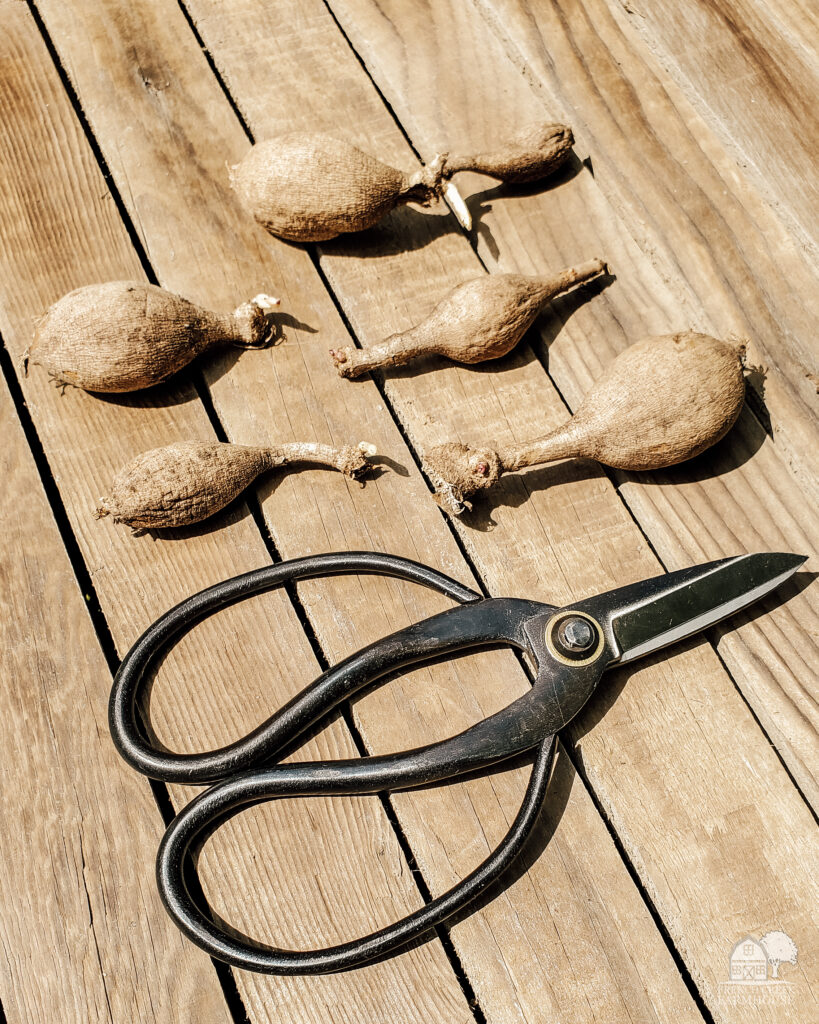
Are dahlia clumps better than single tubers?
I talked about this in more depth in this week’s episode, but it bears repeating. You only need one tuber with one eye to make a plant. Tuber clumps like you receive from importers are not better, nor do they make bigger plants, produce more flowers, or any other myth you may have heard.
There are some well-known resellers who make these sorts of claims, and it’s unfortunate that anyone would try to profit from these untruths.
The reality is, when you receive an imported clump, many (often most) of the tubers have broken necks and will need to be cleaned up before planting. Those dangling broken tubers on the clump will only rot in the ground, so it’s important that you dispose of them.
By the time you finish cleaning up a clump, you might even find yourself with only one viable tuber after all!
Don’t worry, though–by the end of the season, a new clump will have formed. You can lift, divide, and store them over for the next year, and that’s an easy way to multiply your stock.
This is exactly how we’re expanding our crop for some of the hard to find varieties you saw in the video. As a first year flower farm, we need to balance the investments we make into our farm. Dividing our dahlia clumps is an efficient way to expand our crop each year.
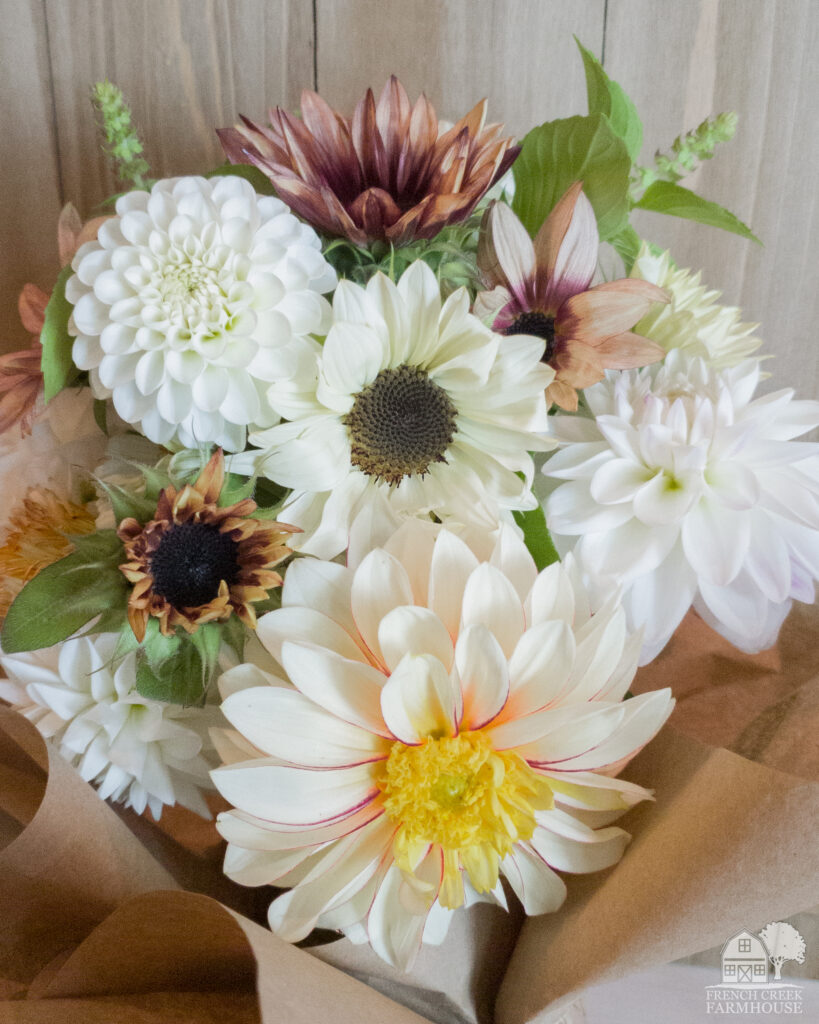
The big question is: Are we taking on too much for a first year flower farm?
Considering this is our first year truly farming, are we biting off too much as beginners? It’s a valid question, and we try to ask ourselves these kinds of things to make sure we’re making smart–not emotional–decisions.
In this week’s episode, we talked through several of the factors we took into consideration. But the major thing it boils down to for me is this: We won’t know until we try.
We were thoughtful about creating our five-year plan and thinking about how we wanted to grow our farm. Our crop plans for this year are just the first step in the journey. We will either find out that we tried to grow too much, too little, or just the right amount. But whatever the answer, it’s data to help us assess what we should do in Year Two.
We also didn’t act impulsively and try to plant a full acre of dahlias in our first year. Although, oh, how I would love that!. And I don’t think we held ourselves back or let our fears and uncertainties take the steering wheel either.
This year’s crop feels like a lot of hard work, but hopefully it’s manageable hard work that challenges us in positive ways.
We have spent the previous two seasons learning, building infrastructure to make the work more efficient, and getting used to the realities of farming. Even though this is our first year farming, we’ve got growing experience under our belt at this point.
Also, if we fail (and there will certainly be experiments where we will!), it’s not the end of the story. The failures we encounter are just information so that we can modify what we’re doing and try again. Whether in Year One, or Year 25, that will always be true.
This fall, I know I will be writing a blog post reflecting back on these decisions, and while it would be nice to have a crystal ball, that’s just not how life works.
I’m grateful that we’ve taken these first steps in our journey toward building the life we want for our family. There will be hard work ahead, but we welcome the challenges that will transform us and help us grow in the direction of our dreams. That’s not always easy, but I believe it’s always worth it.

Ready to dig in and grow something beautiful?
Get my Free Garden journal
Let’s be gardening buddies! Sign up to join our community, and get your free printable PDF Garden Journal. This is so good!
